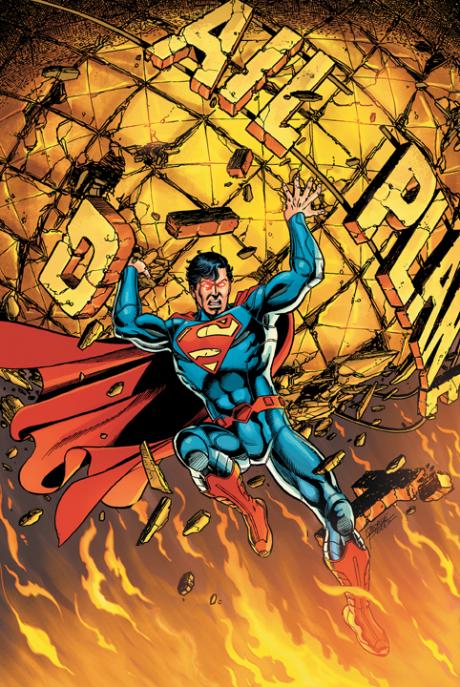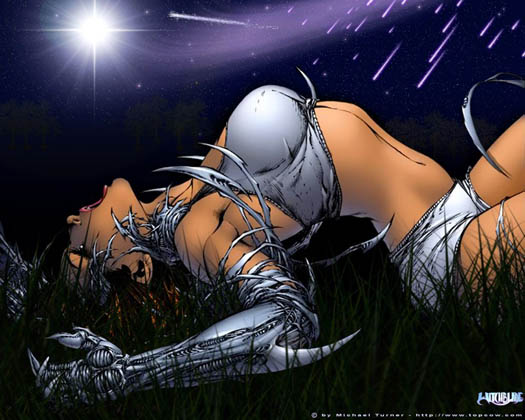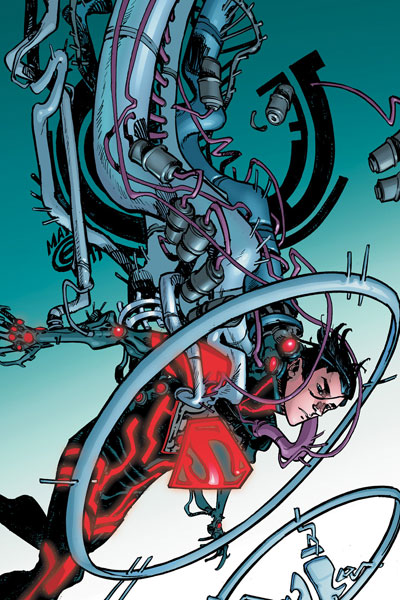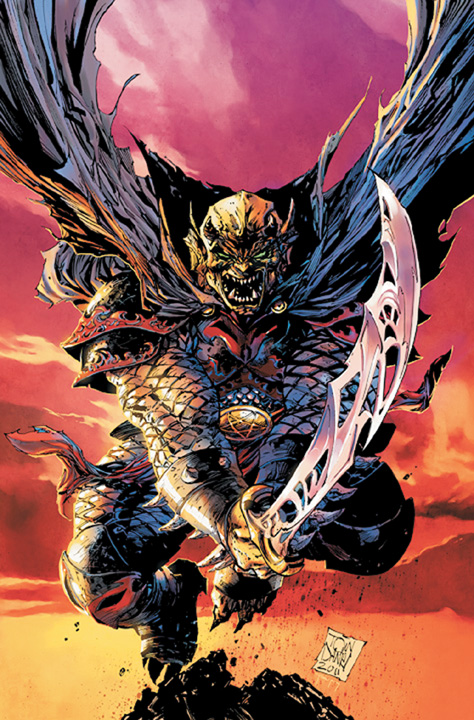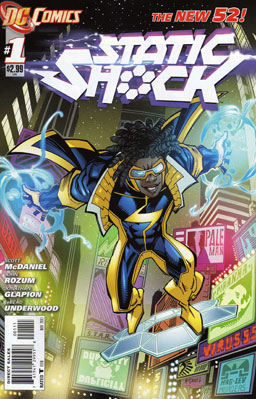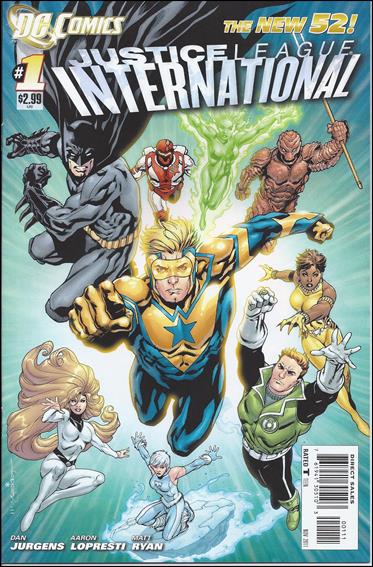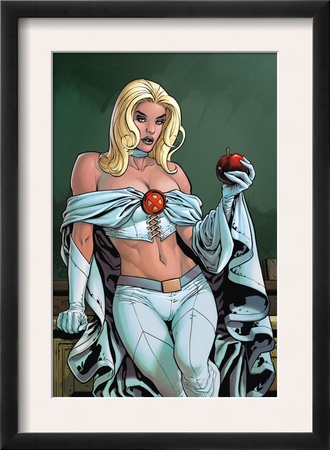J.T. Krul must've had his parents tragically ripped away from him. That's the only explanation I can come up with. As a young lad, much like a real-life Bruce Wayne, violence must've snatched away his mother and father, resulting in Krul becoming eager for vengeance. The perp? I reckon it has to be paper cuts. It's the only logical explanation for why Krul's wasted so much fucking paper in his career. A career that's culminated in Green Arrow #1.
Gather round the campfire while I tell you a scary story. It's the story of an awful writer who somehow tricked one of the biggest multimedia corporations in the world into letting

him write Green Arrow for 20 issues. It's the story of a man who purported to write the comic Fathom, which we all know is softcore porn and has no script.
Krul is also the man who scripted this classic comic moment, wherein a heroin-addled Red Arrow (Green Arrow's former sidekick) uses a dead cat to beat up an alley full of men.
But perhaps Krul's put all that crap behind him. Maybe he took a couple of creative writing classes at his local learning annex and he's emerged a better author. So, in the spirit of ̶C̶h̶r̶i̶s̶t̶m̶a̶s̶ Columbus Day, I'm going to review this comic in the abstract.
(ten minutes later)
Oh well, I tried. Green Arrow #1 sucks.
Page 1: Shows us a corporate tycoon with a metal hand. I WONDER IF HE WILL BE A BAD GUY IN A LATER ISSUE.
Pages 2-3: Green Arrow is wearing his costume from the TV series "Smallville". WAY TO CAPITALIZE (he said while writing in all caps) ON THAT SHOW IN A TIMELY MANNER. Jesus, the show was on for literally a decade, but you wait until the year after it's over to style Arrow like his TV counterpart?
Page 4: Introduction to Arrow's support team. This instantly makes the comic seem like one of USA Network's original series, where-in the lead character has quirky yet entirely interchangeable supporting characters.
Page 7: The villains of the piece show off their powers. I'd tell you what those powers were if they weren't so generic and forgettable.
Page 13: Green Arrow knocks one of the villains off a boat and into a harbor, then fires an ice arrow(no, you didn't hallucinate that) at him, making ice form all around him. Wouldn't this do more harm than good? The guy can no longer tread water. I get that ice floats, but I don't know if it'll float when it's surrounding a guy that looks like he's about 400 pounds of muscle.
Page 14: "On second thought, you're right. You're not a punk, you're worse. You're a loser." I like that Green Arrow has a delineated system for his tough talk. Loser is worse than punk. Got it.
Page 20: A cliffhanger: more new villains for Ollie to face. If you want to see Green Arrow fight a lady Chewbacca, a midget and an Irish guy with a leather jacket but no shirt, this is the comic for you.
So yeah, this comic is a bigger piece of shit than Michael Vick, and that guy ran an interstate dogfighting ring for like five years.
Krul can take most of the blame, but this stillborn comic had a couple other parents. Dan Jurgens provided pencils and George Perez inked it. Perez and Jurgens are both capable writers who have written way better stuff. I can only imagine what a tangled web of horror and curiosity they felt as they got script pages from Krul.
Buying the next issue: BIZARRO ZACH AM GOING TO BUY NEXT ISSUE FOR SURE
New Reader Friendly: Assuming new readers like to hemorrhage blood from their eyes, definitely.
